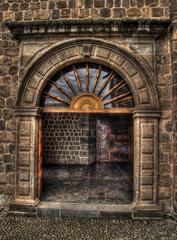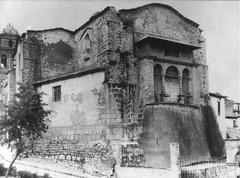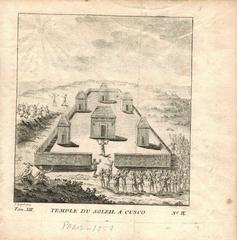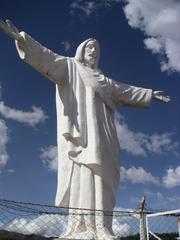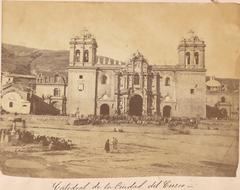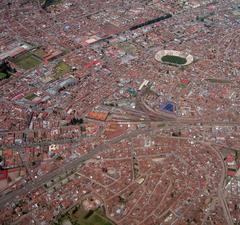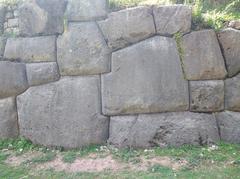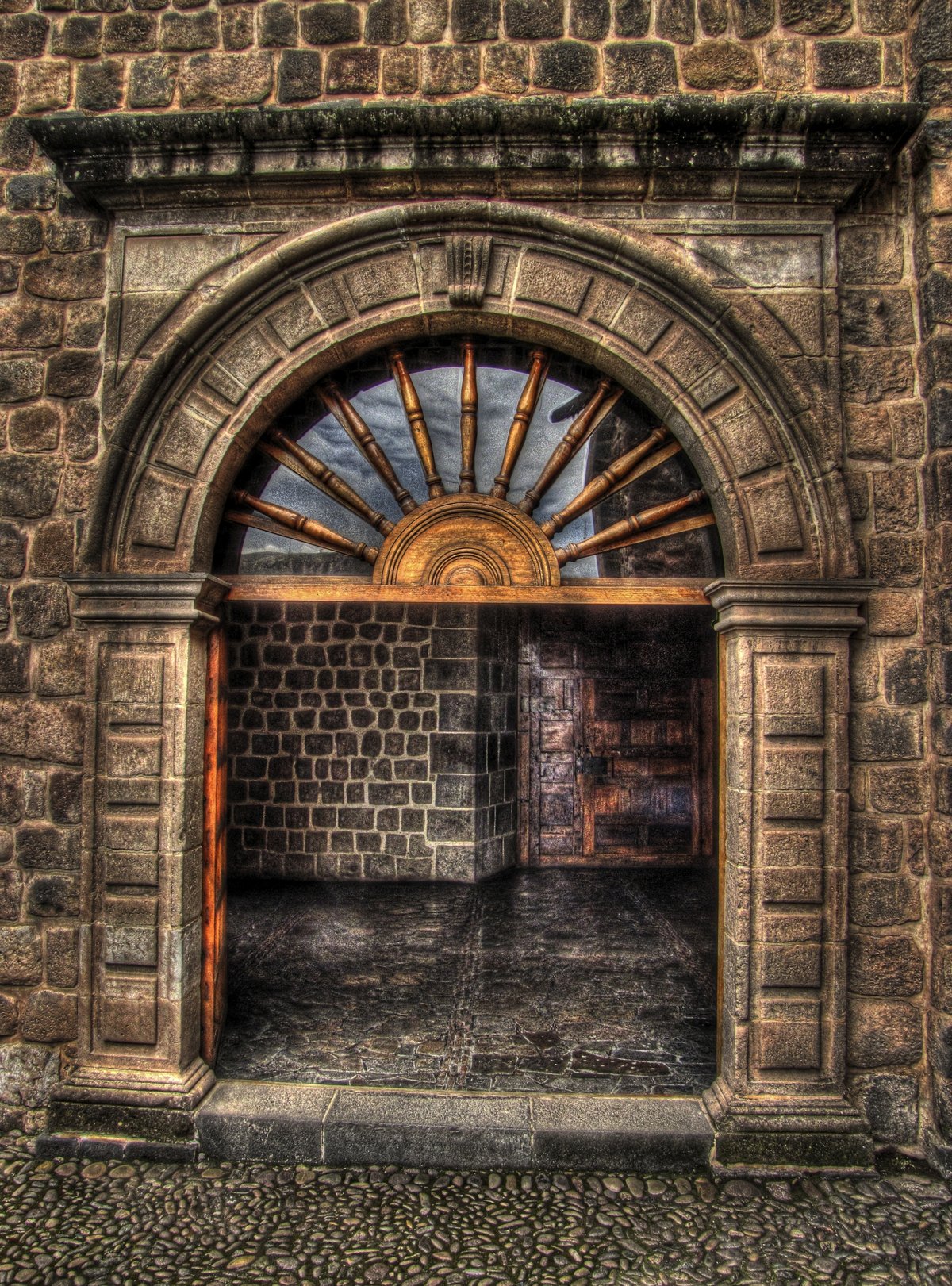
Coricancha Cusco Peru: Visiting Hours, Tickets, and Comprehensive Travel Guide
Date: 14/06/2025
Introduction to Coricancha and Its Significance
Coricancha, also known as Qorikancha or the Temple of the Sun, is the most revered and architecturally remarkable site of the Inca Empire, located in the heart of Cusco, Peru. Originally expanded under Emperor Pachacuti in the 15th century, Coricancha was the empire’s primary religious center, dedicated to Inti, the Sun God. Its name, meaning “Enclosure of Gold” in Quechua, alludes to its legendary opulence, with walls once adorned in sheets of gold and courtyards filled with golden statues—symbols of the Incas’ deep connection to nature and the cosmos (Inca Rail; Peru For Less).
Coricancha also functioned as an astronomical observatory, with its precise stonework and alignments marking solstices and equinoxes—an expression of the Incas’ advanced understanding of celestial cycles essential for agriculture and ceremonial life (Exoticca; TrailstoMachuPicchu; Peru Jungle Trips).
Following the Spanish conquest, Coricancha was transformed: its treasures were looted, and the Convent of Santo Domingo was constructed atop its robust Inca foundations, symbolizing the intersection of two cultures (Alex Cywes; Exoticca). Today, Coricancha remains a must-visit site in Cusco, offering a unique blend of Inca and colonial architecture, a museum, and a window into Peru’s layered history (Peru Grand Travel; Machu Travel Peru).
Table of Contents
- Origins and Early Development
- Religious and Cultural Significance
- Architectural Marvels
- Spanish Conquest and Transformation
- Coricancha in Modern Times
- Visiting Coricancha: Hours, Tickets, and Accessibility
- Guided Tours and Special Events
- Nearby Attractions and Travel Tips
- Frequently Asked Questions (FAQ)
- Visuals and Media
- Internal and External Links
- Conclusion
- References
Origins and Early Development
Coricancha, meaning “Enclosure of Gold,” was established as the Inca Empire’s most sacred temple. Existing as a ceremonial site before the Incas, it was substantially expanded by Emperor Pachacuti in the 15th century (Machu Picchu Soul). Using highly sophisticated ashlar masonry—precisely cut stones fitted without mortar—the temple has withstood centuries of earthquakes (TrailstoMachuPicchu). The site’s orientation was carefully planned to align with key celestial events, highlighting the Incas’ astronomical expertise (Inca Rail).
Religious and Cultural Significance
Coricancha was the center of Inca religion, primarily dedicated to Inti, the Sun God, but also containing shrines to Killa (the Moon), Chaska (the Stars), Illapa (Thunder), and the Rainbow (Machu Picchu Soul). Chroniclers describe walls covered in gold sheets and courtyards filled with golden and silver statues of plants and animals (Alex Cywes), with sunlight reflecting dazzlingly during ceremonies.
Coricancha also served as a political and social hub, housing a large priestly community and symbolizing the unity of the Tahuantinsuyo’s four suyus (regions), with roads radiating from the temple to the empire’s outermost boundaries (TrailstoMachuPicchu).
Architectural Marvels
Coricancha’s foundations and walls exemplify Inca engineering at its finest. The temple’s andesite stones are so precisely fitted that even a blade of grass cannot pass between them (TrailstoMachuPicchu). The temple complex included sanctuaries for various deities, a Solar Garden with golden statues, and architectural features designed for astronomical observations (Inca Rail). Trapezoidal doorways, sloping walls, and interior niches not only provided beauty but also enhanced structural integrity in an earthquake-prone region (Exoticca).
Spanish Conquest and Transformation
The 16th-century Spanish conquest brought dramatic change. The temple was stripped of its gold and sacred objects, and the Convent of Santo Domingo was built atop its Inca foundations (Alex Cywes; Machu Picchu Soul). The juxtaposition of robust Inca stonework supporting the fragile colonial church—a structure frequently damaged by earthquakes—visually encapsulates the layered history of Peru (TrailstoMachuPicchu).
Coricancha in Modern Times
Throughout the colonial era and into the present, Coricancha has stood as a potent symbol of cultural resilience and syncretism. The Convent of Santo Domingo became an important center for Catholic worship, but the enduring Inca masonry beneath the church kept the indigenous legacy alive (Alex Cywes; Machu Picchu Soul). Today, the temple complex includes a museum with Inca artifacts, textiles, and models that contextualize Coricancha’s significance (Inca Rail).
Visiting Coricancha: Hours, Tickets, and Accessibility
Location:
Coricancha is centrally located at Avenida El Sol and Santo Domingo streets, about a 5–10 minute walk from Cusco’s Plaza de Armas (Peru Grand Travel; Machu Travel Peru).
Visiting Hours:
- Monday to Saturday: 8:30 am – 5:30 pm
- Sunday: 2:00 pm – 5:00 pm
(Hours may vary during holidays or special events) (Come See Peru Tours)
Tickets and Entrance Fees:
- Foreign visitors: 15 Peruvian soles (approx. $4 USD)
- Peruvian nationals: 10 soles
- Discounts for children under 12 and adults over 60
- Tickets are available at the entrance; advance purchase is not required except during major events (Peru Grand Travel; Machu Travel Peru)
Accessibility:
The site is partially accessible; some areas have uneven stone surfaces and steps. The museum in the Convent of Santo Domingo is more accessible for those with mobility challenges.
Facilities:
Restrooms, a gift shop, and informational displays are available on-site.
Guided Tours and Special Events
Guided tours are highly recommended for an in-depth understanding of Coricancha’s history and cultural layers. Many city tours include Coricancha as a key stop, and local guides are available at the entrance (Machu Travel Peru; Ticket Machu Picchu).
Each June 24, the Inti Raymi festival begins at Coricancha, featuring traditional music, dance, and reenactments of Inca rituals—an ideal time for cultural immersion (Entrada Inti Raymi).
Main Attractions Within Coricancha
- Temple of the Sun (Inti Kancha): The centerpiece of the complex, known for its immaculate stonework and once-golden walls (Peru Travel).
- Temple of the Moon (Quilla Kancha): Dedicated to the moon goddess, with evidence of original silver adornments (Cusco Peru Travel).
- Temple of Venus and the Stars: Focused on celestial worship and astronomical observation (Atlas Obscura).
- Temple of Thunder (Illapa Kancha): Ritual space for offerings to the rain and thunder god.
- Sacred Garden (Inti Raymi): Once filled with gold and silver representations of flora and fauna (Peru For Less).
- Convent of Santo Domingo: Colonial church built atop Inca foundations, now housing a museum (UNESCO).
- Inca Walls and Passageways: Showcasing seismic-resistant engineering (National Geographic).
- Solar Observatory: Features alignments marking solstices and equinoxes (Smithsonian Magazine).
- Archaeological Museum: Displays artifacts and models, with bilingual informational panels (Peru Travel).
Nearby Attractions and Travel Tips
After visiting Coricancha, explore nearby sites such as the Plaza de Armas, Sacsayhuamán, and the Cusco Cathedral (The Tourist Checklist).
Tips:
- Arrive early, especially during peak season (June–August).
- Dress in layers due to variable weather.
- Allow 1–2 hours for your visit.
- Acclimatize to Cusco’s altitude before strenuous activities (Machu Travel Peru).
Frequently Asked Questions (FAQ)
Q: What are Coricancha’s opening hours?
A: Monday to Saturday 8:30 am–5:30 pm; Sunday 2:00 pm–5:00 pm.
Q: How much is the entrance fee?
A: 15 soles (foreigners), 10 soles (Peruvians); discounts for children and seniors.
Q: Are guided tours available?
A: Yes, guided tours and audio guides are available.
Q: Is Coricancha accessible for visitors with limited mobility?
A: The site is partially accessible; the museum is more accommodating.
Q: Is photography allowed?
A: Non-flash photography is allowed in most areas; restrictions may apply inside the museum.
Visuals and Media
Enhance your understanding with high-quality images and virtual tours available on official tourism websites. Suggested alt tags include: “Coricancha Temple of the Sun in Cusco,” “Inca stonework at Coricancha,” and “Coricancha visiting hours.”
Internal and External Links
For further reading, see articles on Inca civilization and other Cusco historical sites.
Conclusion
Coricancha is a living testament to the ingenuity, spirituality, and resilience of the Inca civilization. Its unique blend of Inca and colonial architecture, rich history, and ongoing traditions like Inti Raymi make it an essential destination in Cusco. Plan your visit by checking current visiting hours and ticket options, consider a guided tour for deeper insights, and explore related Cusco attractions for a comprehensive cultural experience.
Stay updated and enhance your trip with the Audiala app, and follow us on social media for the latest travel tips and news about Peru’s most iconic sites.
References and Further Reading
- Coricancha Temple: Visiting Hours, Tickets, and History of Cusco’s Sacred Inca Site, 2023, Inca Rail Blog (Inca Rail)
- Coricancha: Visiting Hours, Tickets, and History of Cusco’s Temple of the Sun, 2024, Exoticca (Exoticca)
- Coricancha: Visiting Hours, Tickets, and Exploring Cusco’s Historic Temple of the Sun, 2024, Peru Travel (Peru Travel)
- Coricancha Visitor Guide: Opening Hours, Tickets & Cusco’s Historic Temple of the Sun, 2024, Machu Travel Peru (Machu Travel Peru)
- Coricancha: Peru’s Past, Present, and Future Through an Analysis of the Temple, 2023, Alex Cywes (Alex Cywes)
- Coricancha: Visiting Hours, Tickets, and History of Cusco’s Temple of the Sun, 2024, Peru Jungle Trips (Peru Jungle Trips)
- Coricancha: Visiting Hours, Tickets, and History of Cusco’s Temple of the Sun, 2024, Peru For Less (Peru For Less)
- Coricancha Visitor Guide: Opening Hours, Tickets & Cusco’s Historic Temple of the Sun, 2024, Come See Peru Tours (Come See Peru Tours)
- Coricancha Visitor Guide: Opening Hours, Tickets & Cusco’s Historic Temple of the Sun, 2024, History Skills (History Skills)
- Coricancha Visitor Guide: Opening Hours, Tickets & Cusco’s Historic Temple of the Sun, 2024, Ticket Machu Picchu (Ticket Machu Picchu)
